Callaway Rogue Fairway Wood
The new Callaway Rogue Fairway Wood is the first non-driver from Callaway to feature Jailbreak Technology. This, in addition to Callaway’s Face Cup, aims to make the Rogue the longest, most forgiving fairway wood from Callaway yet.
First Impressions
In terms of looks, the Callaway Rogue Fairway Wood fits the standard mid-sized fairway wood profile. It’s not overly large, but it’s not small enough to strike fear into you either. It’s a medium sized, round, traditionally-shaped head. The only drawback for some is that, unlike the Epic Fairways, the Rogue lineup has a fixed hosel, and aren’t adjustable. But hey, it might be better to give us amateurs less to screw around with so we can focus on our swings, right?
Similar to the Rogue drivers, the Rogue fairway features the same black base color, with a fade into carbon at the back of the crown. The Callaway chevron is used for the alignment aid, as has been the standard for Callaway woods of late. The deep turquoise blue and black color scheme looks phenomenal. It’s not overly loud, but enough color to look provide a little pop.
How Does it Feel?
When I first picked up the Callaway Rogue, it felt a tad light, but well balanced. In regards to the face of the club, it just feels hot. Like, real hot. The ball explodes off of the face, and you really know that you’ve flushed one. Between the Jailbreak and the Face Cup, that feel expands across the face. The feedback is far from harsh on mishits while still maintaining a fairly hot feel.
How Does it Sound?
Similar to my opinion on drivers, I hate a loud sounding fairway metal. Being the non-Sub Zero version, I expected the Callaway Rogue fairway wood to have a louder sound at impact. Surprisingly (in a good way for me), it did not. The sound is a much more solid, medium crack that matches up with the feel of the club. When I hit one on the screws, I want it to both sound and feel solid, and the Rogue Fairway Wood delivers. Similar to the driver, mishits will yield a little higher pitched, tingy sound, but it’s nothing unbearable or obnoxious.
On-Course Performance
| Club Speed | Ball Speed | Launch Angle | Spin | Carry (Yds) | Total (Yds) |
|---|---|---|---|---|---|
| 105.7 | 156.4 | 13.8º | 2906 | 263.7 | 285.5 |
I was super impressed with the Callaway Epic Fairways, so I was stoked to get my hands on the Rouge. The Rogue didn’t disappoint. Look, the distance gains I got from the Epic were substantial, but I gained about another four to six yards from where I expect a normal three wood (I have the five wood in the Epic) to be. Well-struck shots have a medium ball flight, with mid-range spin, and the ball just seemed to carry forever. The best part? The shot still landed nice and soft. If I’m actually good enough to hit a par 5 in two with this thing, I’m confident it will hold the greens.
The biggest game changer here is in the forgiveness. I would be led to believe it’s from the Jailbreak tech, but shots off of the toe still go. It’s incredibly easy to get the ball in the air off of the turf (let alone the tee), and mishits aren’t going to kill you. Sure, you’ll lose 3-4 mph of ball speed, but it’s not going to be a mishit three wood that goes 150 yards. Even shots I hit thin were still carrying a good 215 yards. It was unbelievable to be quite honest with you, and it’s one of the easiest fairway woods to hit. Between the Rogue three wood and my Epic five wood, I feel like I can’t miss.
Final Thoughts
Here’s the bottom line on the Callaway Rogue Fairway Woods: they’re easy to get in the air, they’re forgiving as hell, and the ball goes FAR. What else do you need in a fairway wood? Get one of these bad boys tuned up in a fitting, and you have the potential to do some real damage. I know it’s already secured a spot in my bag, no question.
Stock Callaway Rogue Fairway Wood Specs
| Club | Loft | Length | Swing Weight | Stock Flex |
RH/LH |
|---|---|---|---|---|---|
| 3+w | 13.5º | 43.0″ | D2 | X, S, R, A | RH/LH |
| 3w | 15º | 43.0″ | D2 | X, S, R, A | RH/LH |
| 4W | 17º | 42.75″ | D2 | X, S, R, A | RH/LH |
| 5w | 19º | 42.50″ | D2 | X, S, R, A | RH/LH |
| Heavenwood | 20º | 42.75″ | D2 | X, S, R, A | RH/LH |
| 7w | 21º | 42.0″ | D2 | X, S, R, A | RH/LH |
| 9w | 23º | 41.50″ | D2 | X, S, R, A | RH |
| 11w | 25º | 41.00″ | D2 | X, S, R, A | RH |

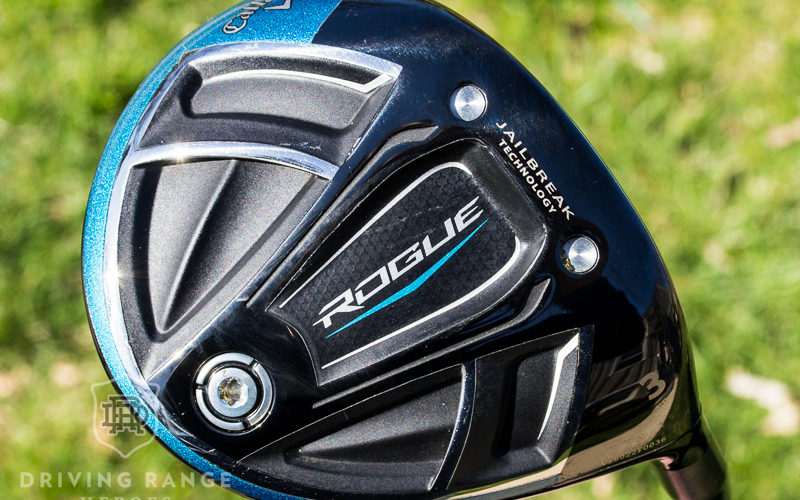



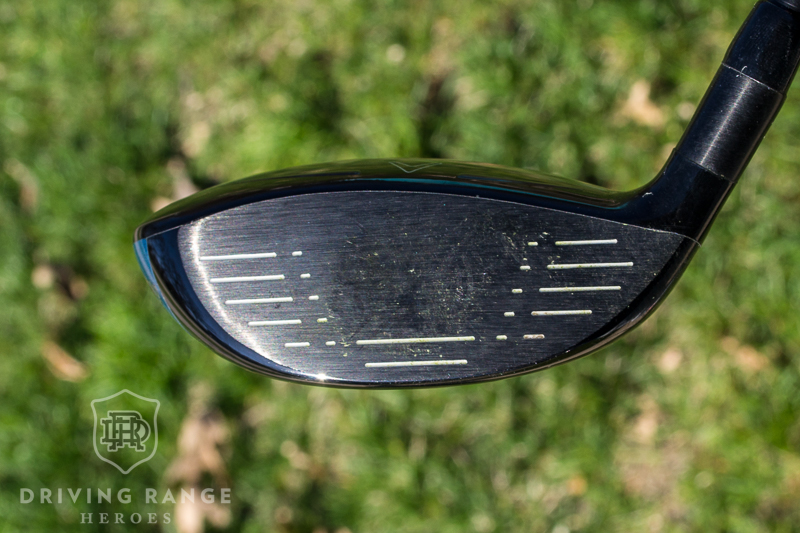
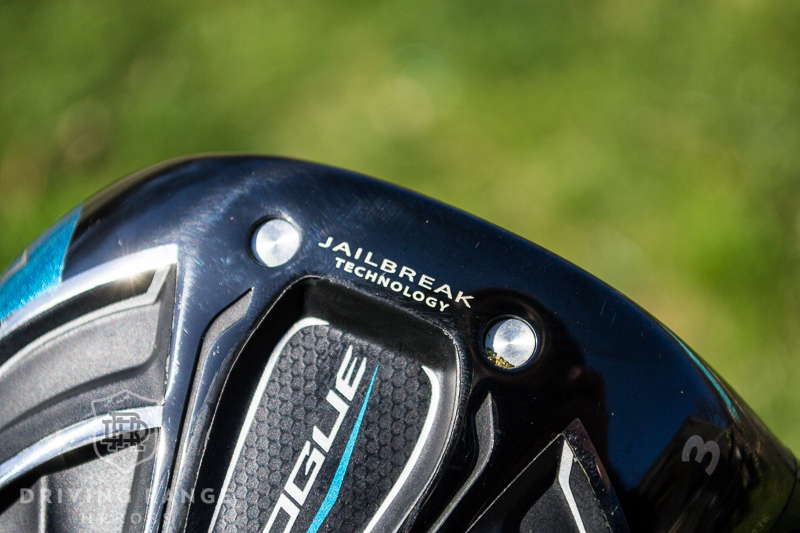
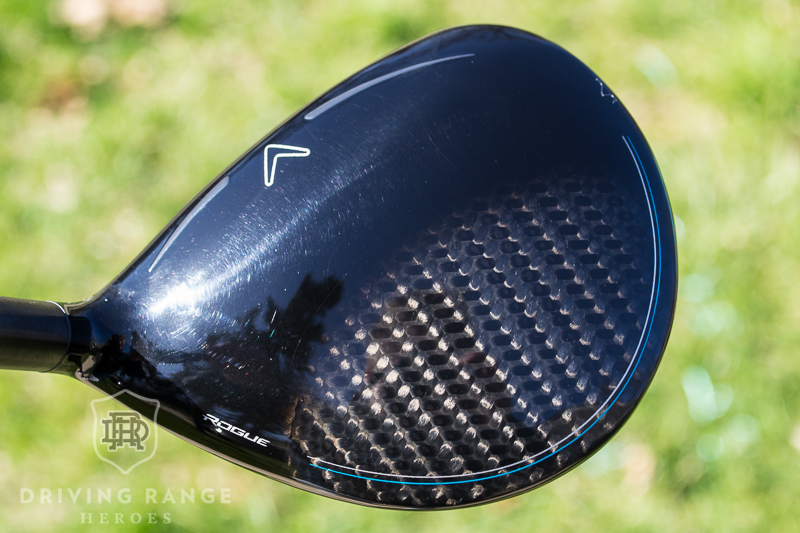

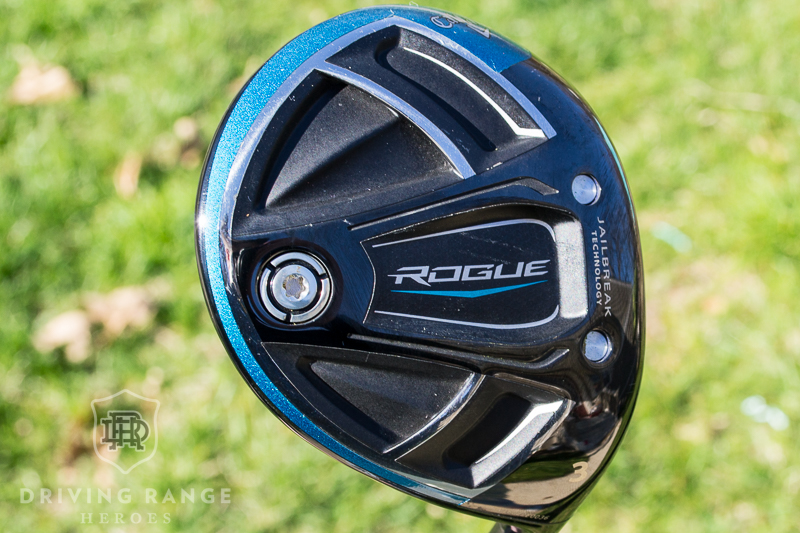
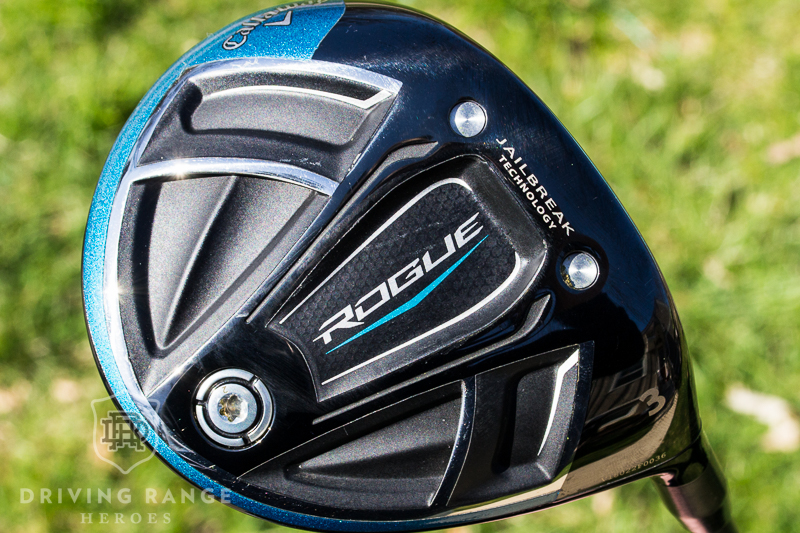
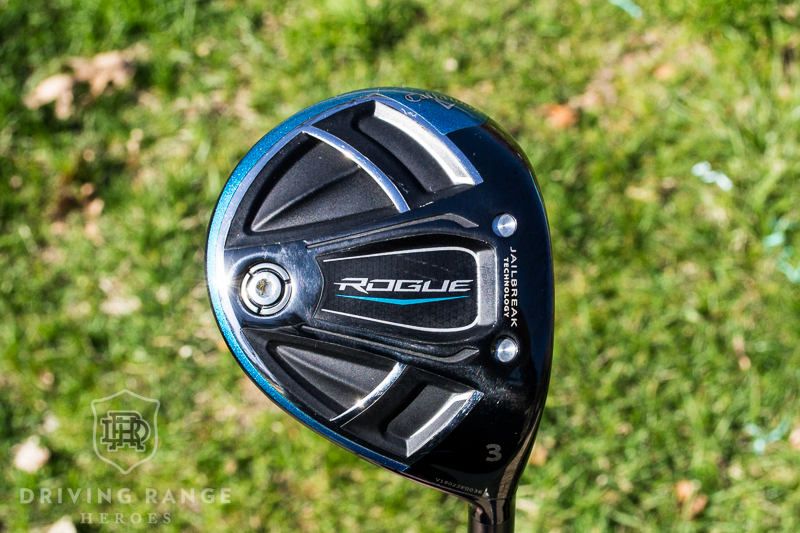

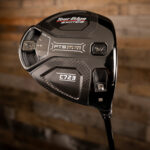
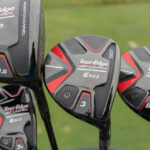
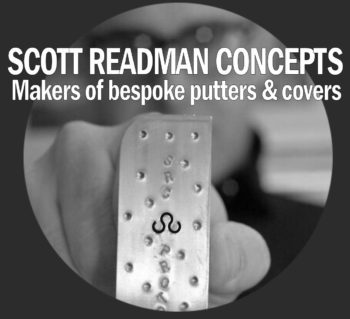











Hello Mr. Tommy , I currently have the Rogue 3 wood which I always hit off the tee box instead of a driver . I’ve heard the 3 strong was designed for hitting specifically off the tee . I know it has less loft , but was wondering is that’s the only reason it’s designed to hit off the tee ? Is the face taller ? Just curious if I should add to my set . Thanks , Robert
Hi Robert,
Thanks for reading. As far as I know, the only difference between the two will be the difference in loft. If you think it’s worth it to have two different fairway woods with a degree and a half difference, you can, but in my humble opinion it’s not, as there would only be a few yards of difference between the two.
Tommy